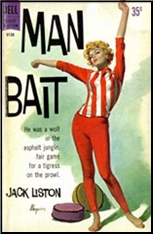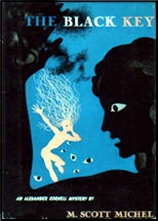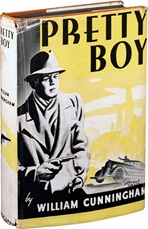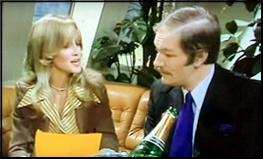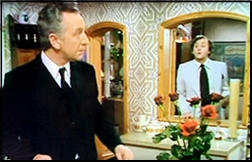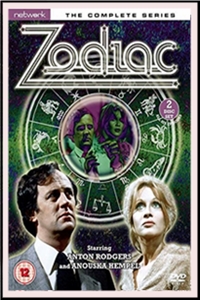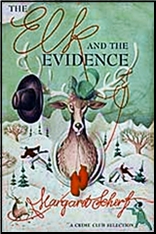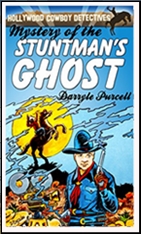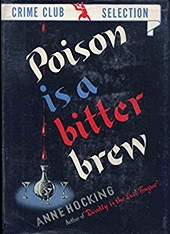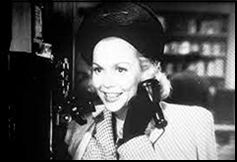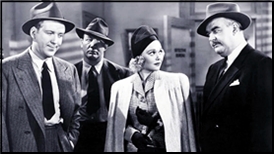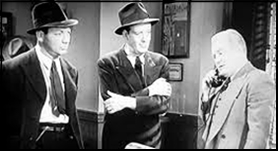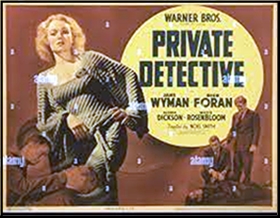Fri 6 Jan 2023
A. A. FAIR – Bats Fly At Dusk. Bertha Cool & Donald Lam #6. William Morrow, hardcover, 1942. Reprinted many times, including Dell D348, paperback, April 1960; cover art by Bob McGinnis.
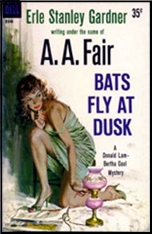
I mention this particular paperback edition because it has my signature written inside on the back of the front cover, suggesting that I bought the book new at the time it was published. I assume I read it back then, but since it’s now over 60 years later, you will understand when I say I remembered nothing from any previous reading.
This book also has some significance in a totally different way. At the end of my recent review of All Grass Isn’t Green, I asked somewhat rhetorically whether Bertha Cool ever had any cases she had to tackle on her own. It turns out that the answer was yes, as David Vineyard quickly replied in a comment, and this is one of perhaps two in which Donald Lam is off fighting the war, having recently signed up to join the Navy.
This doesn’t mean he doesn’t take part in the case. When Bertha finds herself over her head in solving it, she fires off telegrams to her new partner in the firm, and he replies with several cogent suggestions, of course by means of collect messages throughout the second half of the book.
The cases begins innocuously enough. Bertha is hired by a blind man who “witnessed†a traffic accident to a girl who had befriended him while selling pencils on the street. He does not know her name and would like to know if she’s OK.
From here things get … complicated, as complicated as an Erle Stanley Gardner/A. A, Fair story ever gets, and that is very. I don’t think Bertha Cool was strong enough as a character to carry a whole novel on her own, but as a puzzle story, the tale itself is certainly top of the line. There are plenty of clues to be scrutinized carefully, and if put together properly, the discerning reader may (!) be able to piece it all together. (That particular statement does not apply to me.)
Even the title is a clue.
But as for Bertha Cool as a solo leading character, I fear she’s too one-dimensional as a living being (her sole motive is her love for money) to be that interesting for as long a time as a full-length novel. Read this one for the puzzle only. It’s a good one.
